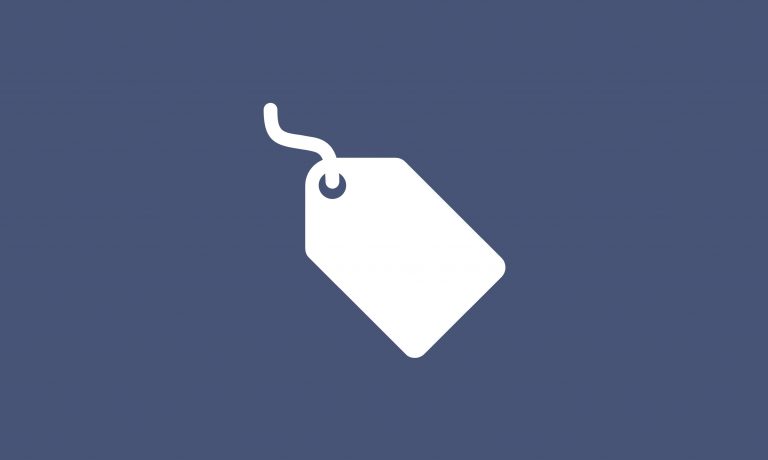Article written by Frederico Zornig.
A company has a clear premium pricing strategy, with a market price positioning above the category average. It uses a pricing method based on the value perceived by its customers, generating price lists consistent with its value proposition and market differentials.
In addition, it works with an effective market segmentation, which also translates into different prices by sales channel, that is, distributors receive a price list, large end-user customers another and even have a third price list, with higher prices, for medium-large customers who end up being served directly.
The commercial area together with the finance director, with these price lists in hand, defines the maximum discount (limits) that can be applied in the market. Leaving then autonomy for the sales team to negotiate the prices to be practiced for each one of the company’s clients. Remembering that the commercial area receives training on how to negotiate.
Its Pricing and Revenue Management area is active, they have systems to monitor results, KPIs for price management and reports that are sent to senior management on a weekly basis. All this supported by a pricing system that is considered one of the best in the market.
I just described a situation in a global company, leader in its sector, with relatively good results. Many who have read the first four paragraphs might have assumed that I am describing a very well-managed company, at least in terms of Pricing and Revenue Management, and that apparently there are no more opportunities there.
However, although it may seem like an ideal scenario, and in most of the steps described above, the processes are very close to what I understand to follow a correct logic, but one of them falls short of what I consider best practices. And many, many companies skip this step.
Did you find out which step I’m talking about? If not yet, reread the beginning of the text now and look for what might be below what would be a benchmark level. The tip is the price negotiation part. The example I illustrated denotes the absence of a commercial policy, or discount rules defined by the company for negotiations.
Many companies believe that defining negotiation rules can appear to the market as something inflexible, bureaucratic, or too complex to manage, thus preferring to transfer this responsibility to the commercial area which, after all, knows each client better and can define what price to charge each one, at least, up to the established discount limit.
By acting in this way, we are giving up one of the main levers for strategy alignment and price execution in the market. Designing a commercial policy begins with aligning incentives with the objectives we have by channel or segment and the purchasing behavior we want to obtain from our customers, remembering that these behaviors can and should be different by channel and even by customer profile.
For example, imagine that I want to increase the sales mix for the distributor channel to increase my profitability through more profitable products. Distributors, in general, is a channel that prefers to work with items that are easier and faster to sell and will only focus on more strategic products if they get some benefit from it. This benefit can be a trade discount or an investment.
Some may be thinking that what I just wrote is the basics and that salespeople and commercial managers will know how to negotiate this way. And this is fact. But, in the absence of a company policy, each person will make their own rules, discounts, and incentives, undermining more universal pricing strategy and positioning in the marketplace.
I will exemplify with a case that we worked on, in FMCG, and the process was exactly what I described at the beginning, sellers from each channel received a price list and could negotiate up to 30% discount on each order. The result was discounts of over 30% on the top selling item (brand leader in its category), leaving this leading brand below the company’s second brand at points of sale, that is, undermining the brand’s strategy by offering a greater discount to the leading (and more premium) brand, facilitating purchase by the retailer and lower prices to the consumers, but damaging the long-term value of the brand.
The way of structuring a commercial policy, in a structures way, does not generate inflexibility for the sales team, but it asks the customer for something in return for every concession we will offer as a company. In the case above, it would probably no longer be possible to offer the premium item at such a discount that its price was below the second brand, because strategically it was not what the company wanted. The main objective of this company, at the time, was to increase its sales mix. That is, instead of offering discounts to sell more of the best-selling item, we would be offering discounts to introduce and sell more different SKUs. And not just on one customer, but for all customers on that channel.
In addition, to improve the models, we can differentiate incentives by customer’s purchase profile. There are more sophisticated customers and partners who manage several KPIs to obtain benefits, others just want the lowest price possible and are not interested in partnerships, so we cannot imagine that a single commercial policy will serve the entire market, even within the same channel or segment.
Furthermore, a well-established commercial policy in the market gives your company credibility, sales can use it as a guarantee of similar prices for all customers following or accepting the incentives generating a sense o fairness in the market, which adds value to your business now a days, and provide guidance to price negotiation, moving away from personal decisions and going towards a more business to business situation, which tends to be more rational and less emotional.
Finally, a well-structured commercial policy will have on and off invoice incentives, allowing the commercial team to negotiate discounts for placing the order (on invoice) and work with other longer-term incentives to be paid after meeting targets and are normally paid with rebates or bonuses (off-invoice).


